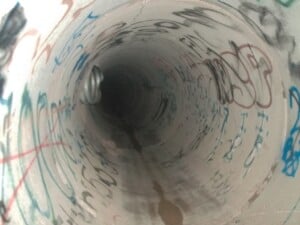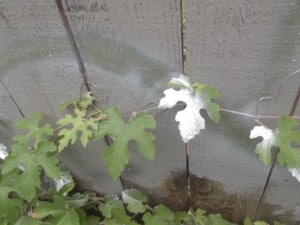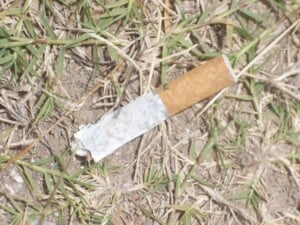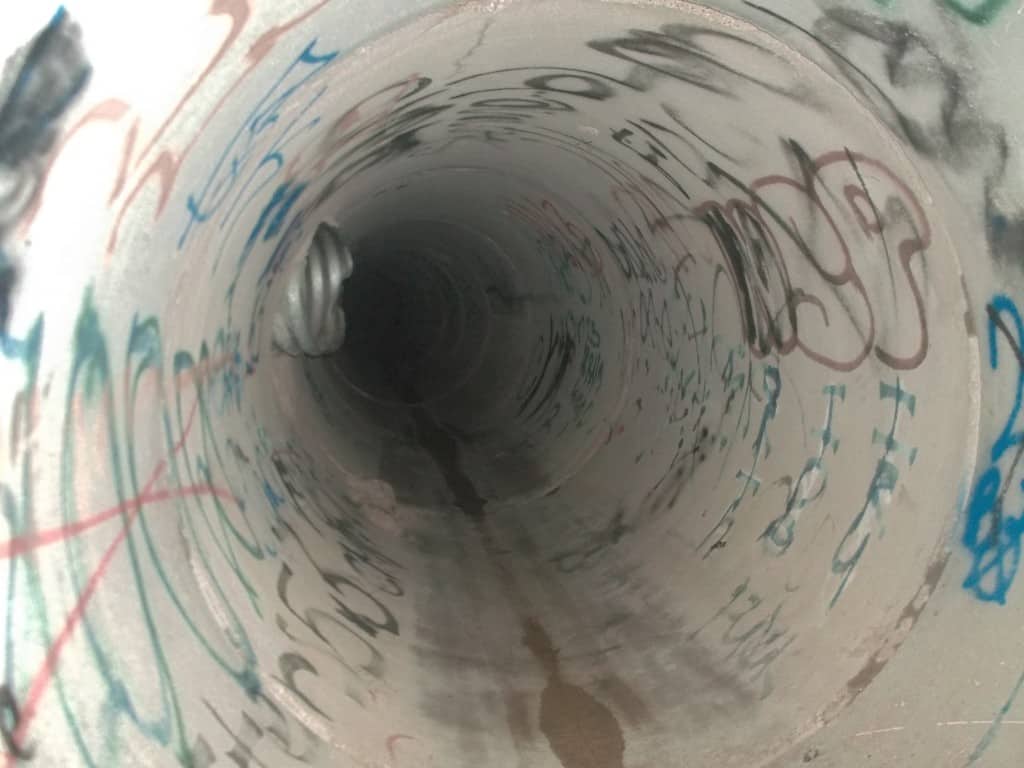Restore Rundberg project gives social work students a deeper understanding of social issues in Austin
As new students descend on the Forty Acres each fall, they are received with all kinds of orientation events and tips to help them find their way around campus and Austin.
At the School of Social Work, Dr. Cal Streeter encourages students to go beyond campus and to get to know Austin in a different way, through the project-based courses he has been teaching for the past two decades. In these courses, students learn by doing. They get connected to a community agency to develop and implement a project that is of value to everyone.

“My two questions are, what’s the project, and what’s the deliverable. If our students are not going to create anything of value for our community partners, then I don’t want to waste anybody’s time,” Streeter said.
“By being connected with a community agency and doing real work for it, students begin to grasp some of the issues and problems we are struggling with here in Austin,” Streeter explained. “It also allows students to connect to a network of people who are already doing the work that they aspire to do in the community. Students get to know Austin in a whole different way that they might if they didn’t go beyond our school and the UT campus.”
Even students who are not new to the city get a deeper understanding of it, and learn to bridge what they learn in the classroom with what they actually do, as social workers, out on the streets.
Take this past summer, for instance. Students in one of Streeter’s classes partnered with Restore Rundberg, a collaboration between the Austin Police Department and the School of Social Work to find innovative ways of reducing and preventing crime in the Rundberg neighborhood, particularly in so-called “hot spots”—areas where crime is concentrated.
One of the tasks students tackled was to develop and implement a project with a youth-based organization in Rundberg.

“We worked with LaunchPad: The Center, which offers an after school program through Dobie middle school,” said student Annie Baucom. “We proposed a photography project, in which youth express how they see their community through photographs they take. We only had seven weeks, and this project was feasible in that time. One of the goals of Restore Rundberg is to learn about the community from as many stakeholders as possible. This project had the value of documenting the youth’s perspective.”
Baucom and three classmates taught the youth photography techniques, and once a week the group went out on photo-taking days. The youth were encouraged to focus on images that they thought reflected positively on the community, as well as images that might represent challenges or concerns about living in the area. Social work students also helped the youth curate their photographs—edit them and write titles and descriptions—and talked about what made a photo meaningful.
“I have been living and working in Austin for several years but this project exposed me to parts of the Austin community that I didn’t know about,” said another student in the class, Margo Johnson. “It also allowed me to apply what I was learning in graduate school in a tangible way while helping to meet an important community need.”
“None of us was familiar with Rundberg before the project,” Baucom added. “The experiences we had, the places we visited, and the perspective on life in the area were all shaped by the youth in the program.”
For instance, social work students learned about the nature of gang-related activity in the area, which the youth in the project captured through photographs of graffiti.
“We became more aware of the territorial concerns and the ways in which gangs identify themselves publicly. The children pointed out the meanings of the numbers, symbols, and colors painted on walls and streets. Personally, I know I developed a much deeper understanding of gang culture in this city,” Baucom said.

The experience at Rundberg also taught social work students about transportation barriers for residents in the area.
“It was extremely difficult to ensure that the children were able to make it to the meetings. Public transportation was largely inconvenient or too expensive,” Baucom explained. “While we were aware of the challenges of Austin’s public transportation system, this project brought this issue into sharp focus, especially in regards to how it relates to the opportunities available to the city’s youth.”
The seven-week project ended with a photo exhibit attended by the youth’s family, community members, and Restore Rundberg partners. The event drew the attention of local media, who interviewed some of the youth about their photographs and their experience with the project.
“There was amazing pride that night,” Baucom said. “The kids were so proud of what they had accomplished, and were incredibly eloquent speaking about their work.”
Posted September 15, 2014. By M. Andrea Campetella. Pictures by youth in the project.


